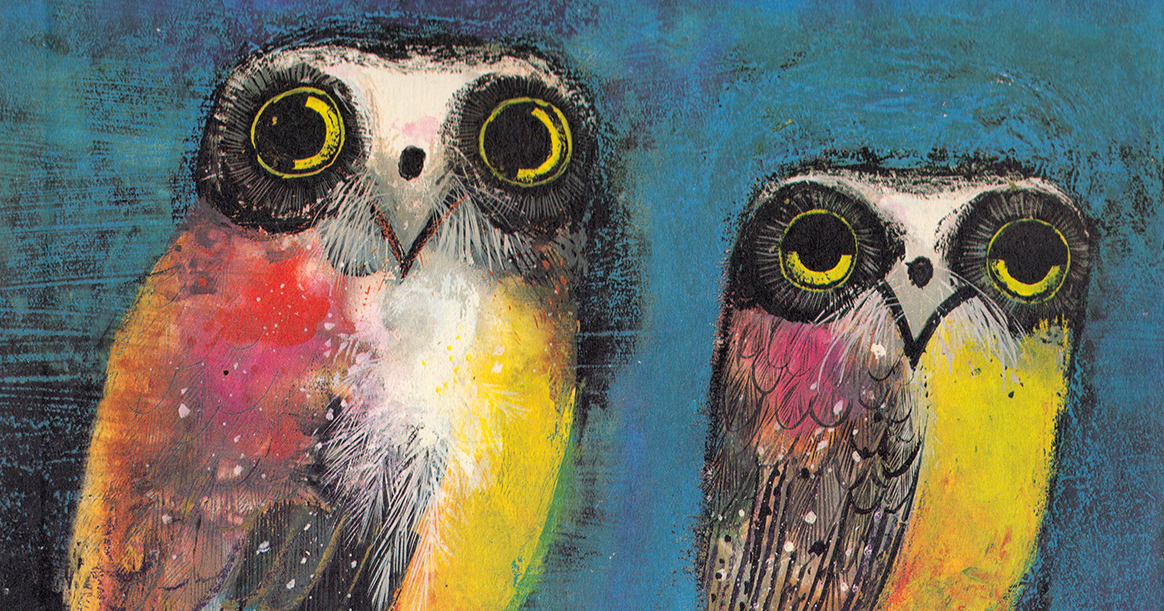The Fascinating Origins of Bird Group Names with Vintage Illustrations by Brian Wildsmith
Concepts de base
Language shapes our perception of the world, and the names we give things influence how we see them. The author explores the historical origins and cultural significance of collective bird nouns.
Résumé
Language is a powerful tool that not only describes but also shapes our understanding of the world. The author delves into the intricate history behind collective bird nouns, revealing how these terms reflect cultural beliefs and mythologies. From observable characteristics to ancient superstitions, each term carries a rich tapestry of meaning.
Juliana Barnes, an unknown nun from centuries ago, played a pivotal role in documenting these company terms in her book, challenging societal norms by writing about traditionally masculine topics. Brian Wildsmith's illustrations further brought these terms to life, showcasing the evolution and regional variations in bird group names over time. Through exploring these linguistic evolutions, we gain insight into how language mirrors life's adaptability and transformation.
Traduire la source
Vers une autre langue
Générer une carte mentale
à partir du contenu source
Voir la source
www.themarginalian.org
A Parliament of Owls and a Murder of Crows: How Groups of Birds Got Their Names, with Wondrous Vintage Illustrations by Brian Wildsmith
Stats
"Anonymously published in 1486 and written largely in verse."
"Brian Wildsmith (January 22, 1930–August 31, 2016) brought to life the loveliest of these company terms in the 1967 gem Birds by Brian Wildsmith."
"Juliana Barnes’s “sedge of herons” gave way to the “siege of herons” more popular today."
"In Wildsmith’s painted aviary owls are not a “parliament” but a “stare,”"
Citations
"Language is an instrument of great precision and poignancy — our best tool for telling each other what the world is."
"Some stem from myths and folk beliefs about birds dating back centuries."
"Emerging from these changing terms is a testament to Toni Morrison’s insistence that language is best understood 'partly as a system, partly as a living thing.'"
Questions plus approfondies
How has language evolved alongside human civilization?
Language has evolved in tandem with human civilization, serving as a reflection of our cultural, social, and intellectual development. From the early grunts and gestures of our ancestors to the complex systems of grammar and syntax we use today, language has adapted to meet the changing needs of society. As civilizations grew more complex, so did their languages, incorporating new words, concepts, and structures to communicate effectively. The evolution of language is closely tied to technological advancements, trade networks, colonization efforts, and cultural exchanges that have shaped human history. Just as societies evolve over time, so too does their language.
What impact do changing collective nouns have on cultural perceptions?
Changing collective nouns can have a significant impact on cultural perceptions by influencing how we view and interact with the natural world. These terms not only reflect societal beliefs about animals but also shape our understanding of them. For example, the shift from "sedge" to "siege" when referring to herons highlights a change in focus from their graceful presence at water's edge to their vocalizations during flight. This alteration in terminology can alter how people perceive these birds — from serene creatures embodying tranquility to noisy intruders disrupting peace. Collective nouns serve as linguistic lenses through which we interpret nature; therefore changes in these terms can lead to shifts in attitudes towards wildlife.
How can studying historical naming conventions enhance our understanding of nature?
Studying historical naming conventions provides valuable insights into how cultures have perceived and interacted with nature throughout time. By examining ancient company terms for groups of birds or other animals like those found in Juliana Barnes's Boke of Seynt Albans [Book of Saint Albans], we gain a deeper appreciation for the connections between humans and the natural world across different eras. These names often carry rich symbolism rooted in folklore, mythology, superstitions or observations about animal behavior that offer unique perspectives on biodiversity beyond scientific classifications alone.
Furthermore,
understanding historical naming conventions allows us
to trace shifts in ecological knowledge,
cultural values toward wildlife conservation,
and even changes
in species distributions over time.
By delving into these linguistic artifacts,
we uncover layers
of wisdom passed down through generations
that enrich our comprehension
of ecosystems
and deepen our relationship with the environment around us.

